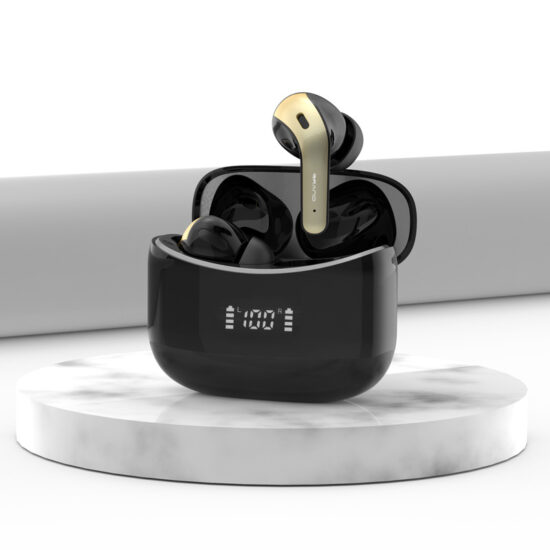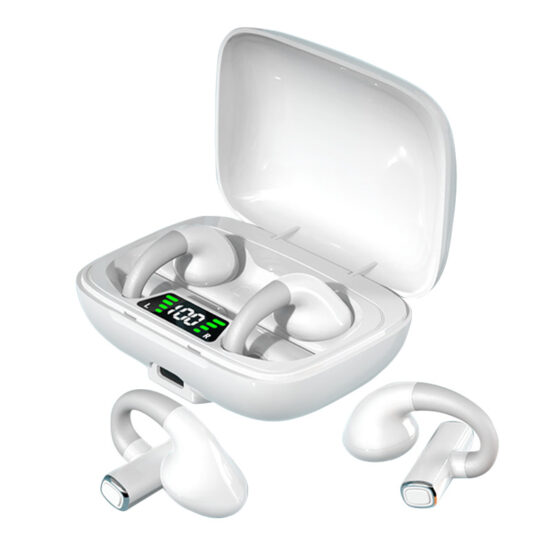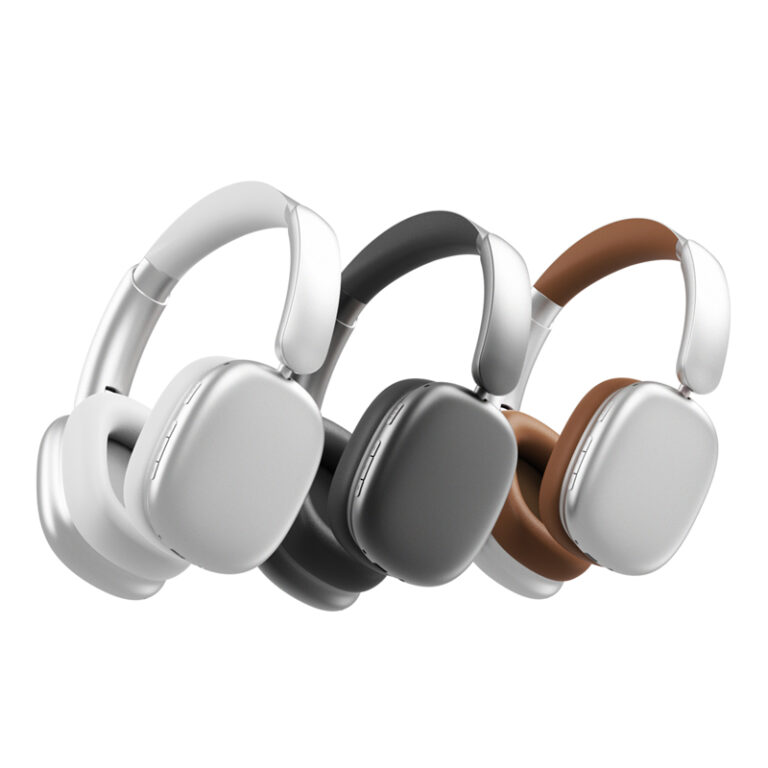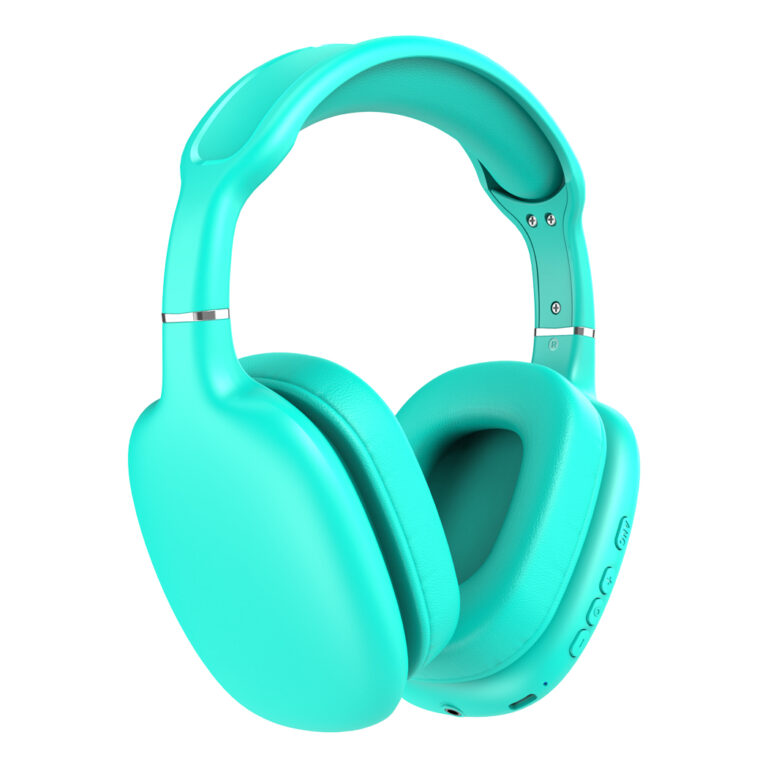jay@nbdho.com
Over-Ear vs In-Ear Headphones: Key Differences and Choosing Guide
When deciding between over-ear and in-ear headphones, understanding their key differences is essential to making the right choice for your listening needs. Both types have unique advantages and drawbacks related to comfort, sound quality, portability, and intended use. This detailed guide breaks down the distinctions and offers tips on how to choose the best headphones for your lifestyle.
1. Design and Comfort
Over-ear headphones feature large ear cups that fully encompass the ears, providing a cushioned fit that can be comfortable for extended use. They distribute pressure evenly around the ears and typically include adjustable headbands for a personalized fit. However, their bulkier size can feel heavy or warm during long sessions. In contrast, in-ear headphones are small earbuds inserted directly into the ear canal. They are lightweight and discreet but can cause discomfort or ear fatigue if worn too long or if the fit is poor. Comfort preferences often depend on personal ear shape and usage duration.
2. Sound Quality and Audio Experience
Over-ear headphones generally offer superior sound quality due to larger drivers that produce richer bass, clearer mids, and detailed highs. Their closed-back designs provide excellent passive noise isolation, while many models include active noise cancellation (ANC) for immersive listening. In-ear headphones can deliver good sound but typically with less powerful bass and narrower soundstage due to smaller drivers. High-end in-ear monitors can rival over-ear quality but usually at a higher price and with a focus on portability.
3. Portability and Convenience
In-ear headphones are highly portable, easy to carry in pockets or small cases, and ideal for active lifestyles such as jogging or commuting. Their small size makes them convenient for on-the-go use, but they are more prone to loss or damage if not stored carefully. Over-ear headphones, being larger and heavier, are less convenient to carry but often fold or come with carrying cases to improve portability. They are preferred for stationary listening environments like home or office setups.
4. Durability and Maintenance
Over-ear headphones typically have robust build quality with sturdy headbands and replaceable ear pads, making them durable over time. They are easier to clean and maintain because of their size and materials. In-ear headphones, however, are more delicate due to small cables and ear tips that can wear out or get lost. Hygiene can also be a concern as ear tips accumulate wax and debris, requiring regular cleaning or replacement.
5. Use Cases and Lifestyle Fit
Choosing between over-ear and in-ear headphones depends largely on lifestyle and intended usage. Over-ear headphones excel in providing a premium listening experience for audiophiles, gamers, and professionals in quieter environments. They are also great for long listening sessions due to comfort and sound quality. In-ear headphones suit active users, travelers, and those who prioritize portability and convenience. They are ideal for workouts, commuting, and casual listening.
6. Price Range and Budget Considerations
Both types of headphones come in a wide range of prices, from budget to premium models. Generally, quality over-ear headphones with advanced features tend to cost more due to larger components and technology like ANC. In-ear headphones offer affordable options but can also be expensive at the high end, especially for specialized audio monitors. Buyers should consider which features matter most and how much they are willing to invest.





